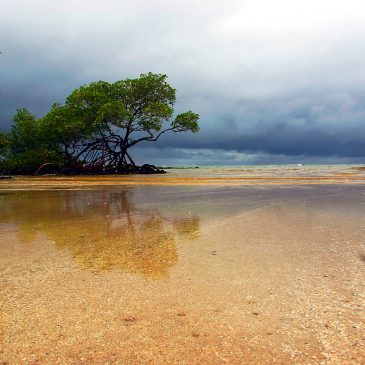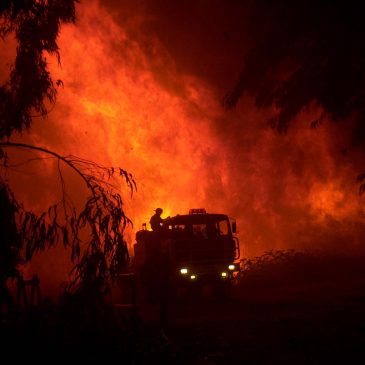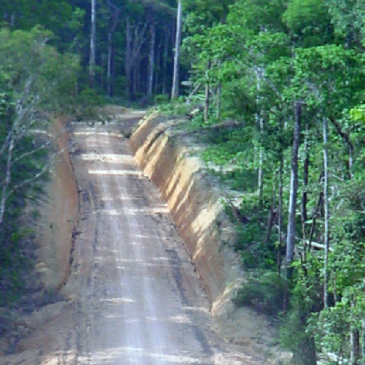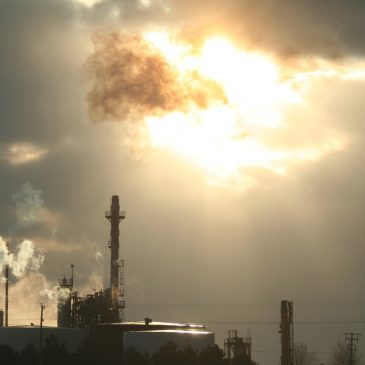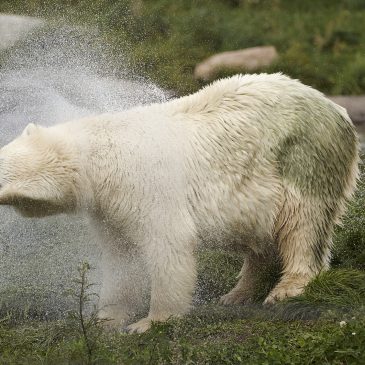TiPES EU project of the month
In the November 2020 issue (#97) of Research*eu TiPES was featured as project of the month. Especially the recent publication by Catrin Ciemer et al 2020 Environ. Res. Lett. 15 094087 on “An early-warning indicator for Amazon droughts exclusively based on tropical Atlantic sea surface … Continued




